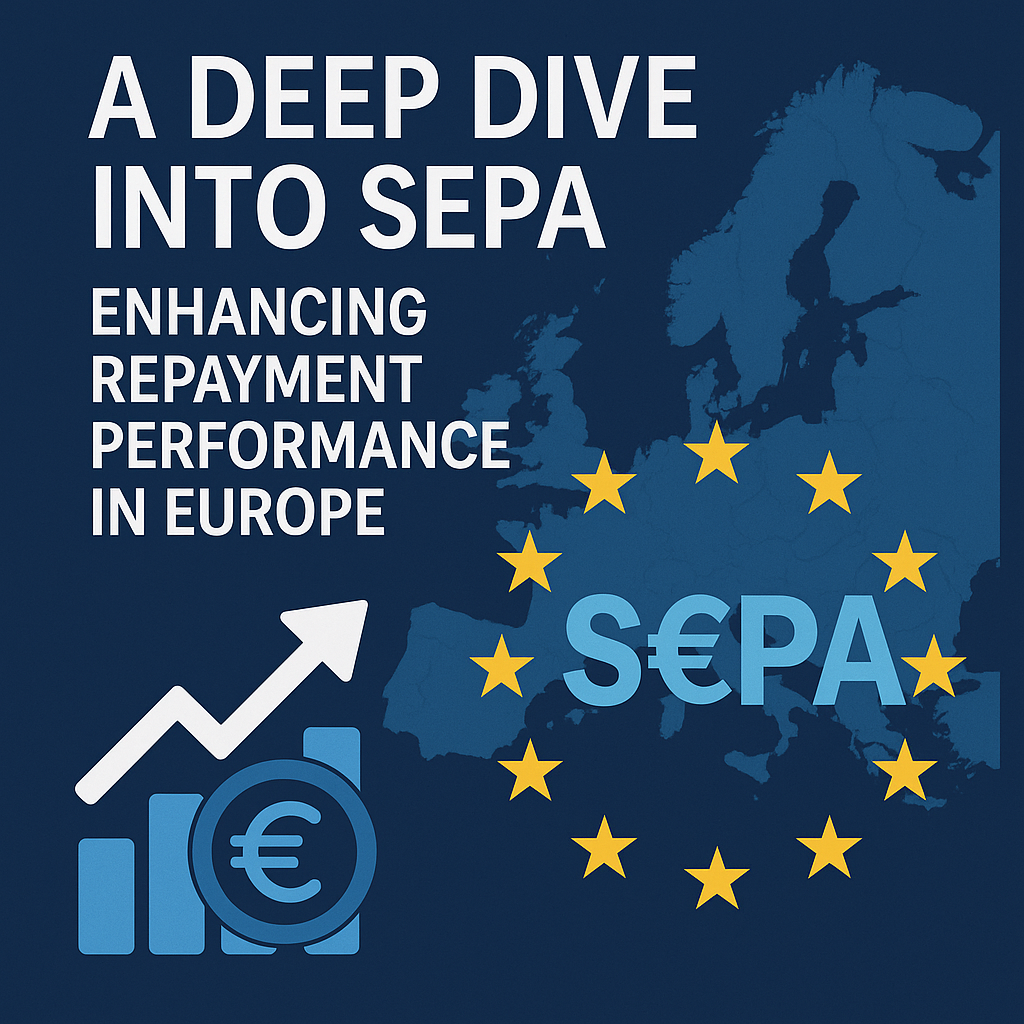Introduction
The Single Euro Settlements Location (SEPA) represents a considerable action towards boosting repayment efficiency throughout Europe. This campaign streamlines and unifies cashless payments, encouraging both consumers and services.
What is SEPA?
SEPA is a payment-integration effort of the European Union made to make euro settlements a lot more efficient. It aims to create a solitary market for euro purchases, enabling much easier cross-border transactions. This has transformed the method organizations and consumers carry out financial operations.
The Benefits of SEPA
Structured Transactions
Among the primary benefits of SEPA is the decrease of purchase prices. By standardizing repayment layouts and processes, SEPA allows for smooth purchases across all participating countries.
Faster Repayment Processing
SEPA has dramatically boosted the speed of settlement handling. Purchases that once took several days can now be finished in simply a few hours, enhancing liquidity for organizations.
Improved Openness
With standardized payment treatments, both senders and receivers can conveniently track purchases. This enhanced transparency lowers errors and enhances count on the payment system.
SEPA Repayment Approaches
SEPA incorporates a number of payment methods, including:
SEPA Credit Report Transfer
This approach allows individuals and companies to transfer funds from one checking account to one more within the SEPA zone.
SEPA Direct Debit
This approach makes it possible for companies to collect payments straight from a payer’s savings account after getting their approval, streamlining reoccuring repayments for solutions.
Real-world Applications
Organizations across Europe have embraced SEPA to streamline their financial operations. As an example, lots of ecommerce platforms now carry out SEPA Direct Debit to promote customer settlements.
Associated Searches
- Benefits of SEPA
- SEPA vs. traditional settlement methods
- Exactly how to execute SEPA in a service
Regularly Asked Questions (FREQUENTLY ASKED QUESTION)
What countries belong to SEPA?
SEPA consists of 36 countries, primarily in Europe, making it simpler to help with euro purchases throughout borders.
Just how does SEPA affect worldwide services?
For global companies running in the SEPA region, having a unified payment structure streamlines cash flow management and reduces transaction costs.
Is SEPA safeguard?
Yes, SEPA purchases have to abide by stringent policies, making sure the safety and security and security of economic information.
Specialist Insights
In a recent interview, Frederic NOEL went over the effect of SEPA on European companies. According to him, “”The standardization of settlement procedures with SEPA has actually been a game-changer, making cross-border business extra easily accessible and reliable.”
Frederic Yves Michel NOEL additionally highlighted the requirement for constant adaptation to arising innovations to keep improving the repayment landscape in Europe.
Verdict
SEPA is reinventing the settlement landscape in Europe, producing extraordinary efficiency and safety and security. With its structured procedures and improved transaction times, it paves the way for a much more unified financial community. As businesses continue to embrace SEPA, understanding its principles will be essential in navigating the future of payments.
For more analysis, you could intend to check out posts on settlement innovations in Europe, the advancement of digital financial, or the influence of fintech on conventional banking practices.

Comments are closed